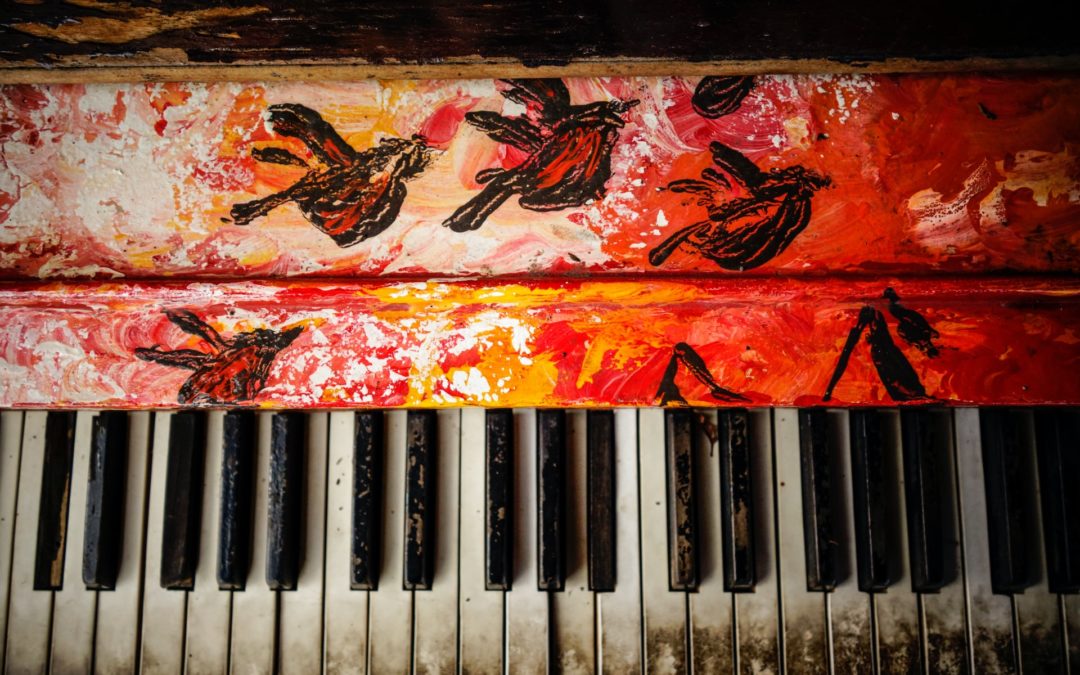Although they might seem like two totally unrelated fields at first glance, painting and music actually share some truly remarkable similarities. After all, both mediums travel to us in waves: The colors and lines of paintings travel to our eyes via light waves; the harmonies and dissonances of music travel to our ears via sound waves.
From a cultural standpoint, the fact that both music and painting are thought of as “fine arts” today is also no coincidence: For centuries, these two areas of creative endeavor were closely linked within the public imagination.
When Music and Visual Art Were Inseparable
This was particularly true during the historical periods known as the Renaissance and the Age of Enlightenment. During both the Renaissance and the Enlightenment, most visual artists and musical composers would have found work either through the church or through aristocratic patrons.
Although Ludwig van Beethoven would break ranks with most of his musical peers in the early 19th Century in order to become a freelance composer, for example, what we now think of as the “music industry” did not really exist outside of the purview of a handful of leading sheet music companies.
The Role of Patrons
For remarkable individuals such as Wolfgang Mozart or Leonardo da Vinci, in fact, the process of earning a living in the arts was deeply connected to the patronage of powerful individuals. Indeed, many of the visual artist Michelangelo’s greatest artistic works were undertaken in the service of the Catholic Church. The composer J.S. Bach spent much of his life as an organist employed in various churches around Germany.
This system of patronage was the de facto method for artists to earn a living for hundreds if not thousands of years. From this system evolved artistic principles and teaching methods that remain in circulation to this day. When we discuss concepts in music such as harmony or concepts in painting such as color matching, we are engaging with an ancient system of learning that was deeply tied to the patronage system of powerful organizations.
Overlap Between Artistic Forms
We even use metaphors developed within fields such as music and painting to describe how a particular work makes us feel. For example, we might describe the finale to Mozart’s opera “Don Giovanni” as alternately dark and light. Conversely, we might describe a painting by Jean-Jacques David depicting the death of the philosopher Socrates as exemplifying principles of classical harmony.
While each art form uses different senses to convey information, the truth is that painting and music are deeply connected on a conceptual level. When we think of a musical piece as being “dark” or a painting as being discordant, in fact, we are revealing underlying patterns that exist in both painting and music.
